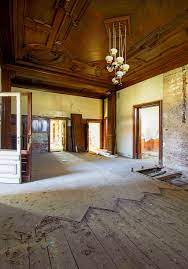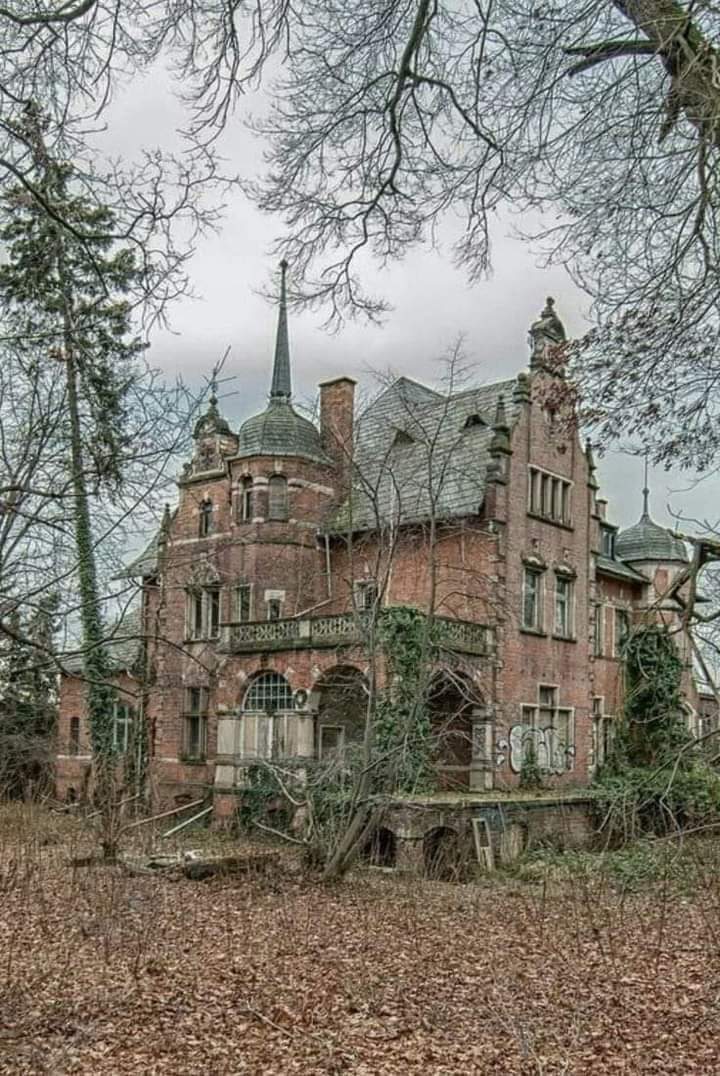The Villa Kolbe, also known as the “Kohlmann-Villa,” is a historic mansion built in the German Renaissance castle style, located on Zinzendorfstraße 16 in Alt-Radebeul. Recognized as a heritage site on Radebeul’s National Register of Historic Places since 1980, this grand villa was constructed between 1890 and 1891. Despite its architectural significance and status as one of the most elaborate villas in the region, it has suffered years of neglect.
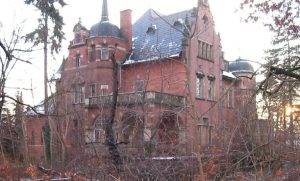
Villa Kolbe was built in honor of Carl Kolbe (1855–1909), a chemist and the general director of the nearby Heyden chemical factory. The villa sits on a spacious property originally designed as an English landscape garden, now filled with mature trees that have grown extensively over time. The structure itself has two main floors, a high basement, and a partially converted, hipped roof.
The villa’s façade is crafted from red facing brick with sandstone detailing. The main view from Rathenaustraße features a tower porch with a curved hood and peak on the right, and a projecting wing with a volute gable on the left. The garden-facing side includes a terrace, while the Meißner Strasse side showcases a volute gable, a polygonal tower with a hood, and a balcony with a tracery parapet.
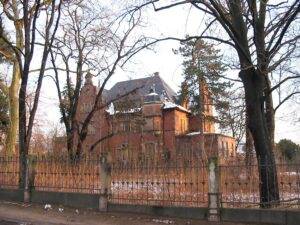
Inside, the villa’s central hall spans both main floors and covers nearly 60 square meters, with a grand staircase as its focal point. The surrounding living rooms are decorated with intricate paneling, ornate ceilings, stained glass windows, and various ornamental features. There were originally open fireplaces in the men’s room, the ladies’ drawing room, and the hallway. The basement also housed unique features, including a two-story wine cellar with a tasting room, a billiard room with park access, and a “greenhouse.”
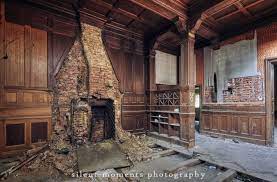
Villa Kolbe was equipped with advanced technology for its time, including a hot water heating system designed by Dresden engineer Emil Kelling, and an electric lighting system powered by accumulators housed in the stable’s cellar. This lighting system was likely the first of its kind in Radebeul, installed four years before the local power plant began operations. The villa also included a laundry-to-drying-floor elevator, while the converted roof provided living quarters for housekeepers.

The surrounding park, once a showcase of landscape and garden design, is now in poor condition due to neglect. The 66-room villa, which has stood empty and in need of renovation since February 1995, remains an extraordinary but underutilized piece of architectural history.
